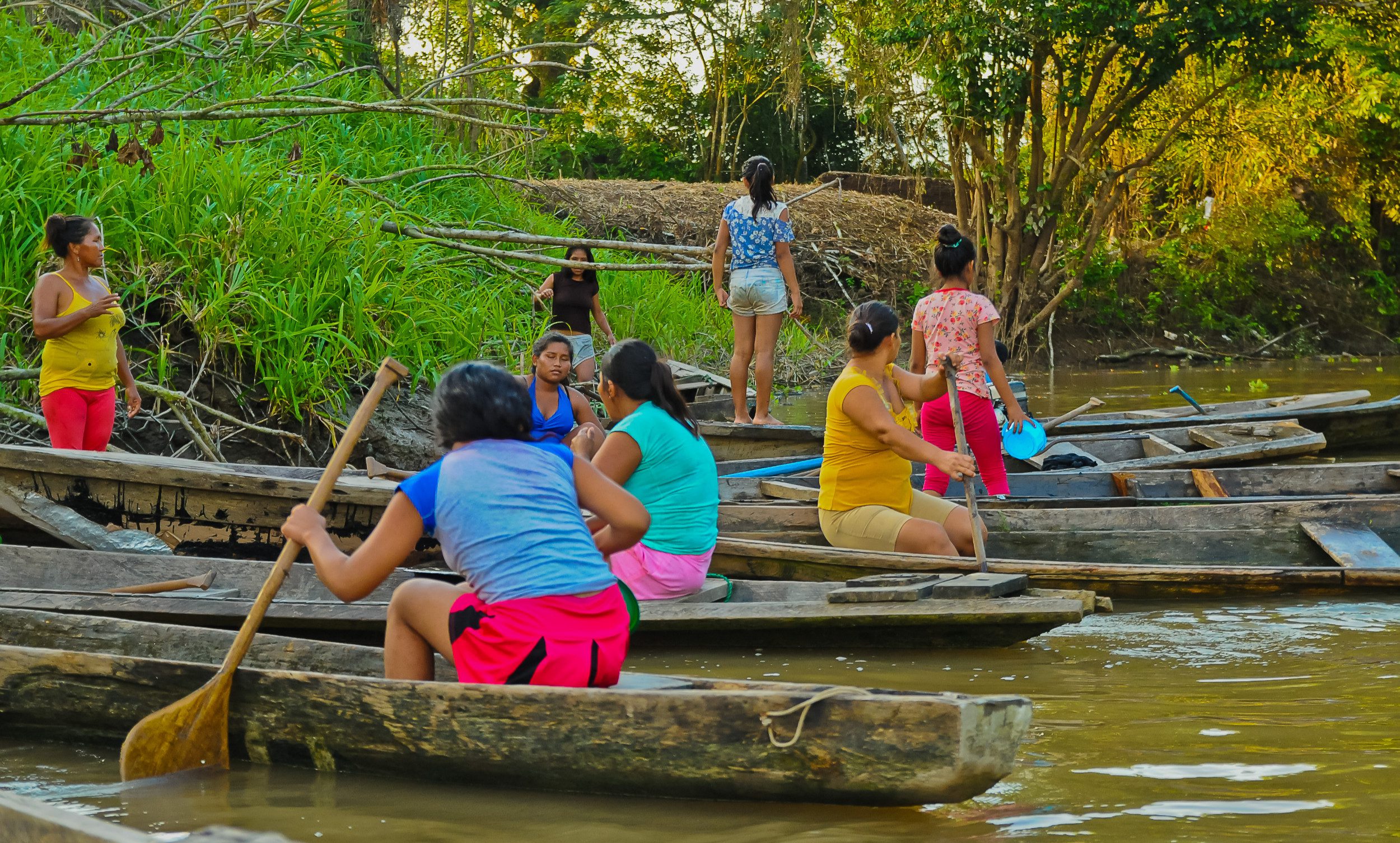
Plenty of conventions and IGOs deal with the rights of people, poverty and development; The World Bank and UNCTAD were created for this very purpose. So why, when they are so few that focus on non-human species does the corporate conservation sector and conservation academics want to bring these considerations ‘formally’ into the CITES?
Recent years have seen an increasing focus on Sustainable Use and Livelihoods (SULi) on committee and the CoP agendas of the CITES. While indigenous peoples and local communities have a right to be at the table as observers, poverty alleviation is not the role of the CITES; CITES must not be captured by this issue.
The ONLY possible explanation for many corporate conservation organisations and academics pushing for SULi’s formal inclusion is that they want to distract from the fact that they haven’t achieved any meaningful outcomes when it comes to saving wild species by trading them via their go-to (but unproven) mantra of the sustainable use model.
It will be so much easier to defend this flawed model for the trade in wild species if they can say it was done with the support of indigenous people, living close to key wildlife populations, and was what these communities wanted.
A growing problem is that in the same way that the sustainable use model is unproven, so is the assertion that the global trade in wild species contributes to community livelihoods.
Research, reported in The Revelator, outlines the problem, “One of the most frequently uttered statements in support of the wildlife trade is that many people depend on it for their livelihoods. But just because this claim is common, “does not necessarily make it true,” wildlife researchers Vincent Nijman and Chris Shepherd wrote in the journal Discover Animals earlier this year”, continuing, “Taking these broad assertions — often made by researchers, government agencies, or others — at face value without further study has the potential to “pervert conservation efforts,” the paper warns. It suggests that substantive evidence of the wildlife trade’s contribution to livelihoods is thin on the ground”. The article goes on to say, “The researchers have urged people to stop promoting the wildlife trade as important to livelihoods “unless proven to be factual””.
Adding to the “thin on the ground” factual evidence for SULi it is also important consider all the issues associated with property rights, land rights, access restrictions, extraction rights and who really profits from the international trade. In the real world of the Global South, in most instances these community groups have no rights that allow them to refuse extraction or benefit from it.
Even when local people do have some rights, the nature of global supply chains is such that all the profit is made at the end, by the final producer/brand owner. The research by Nijman and Shepherd focused on Indonesia’s permits to harvest four freshwater turtle species. They found the trade could generate a minimum wage for somewhere between 241 and 360 full-time collectors, or around one person in every million inhabitants.
Is a minimum wage for 360 full-time collectors worth the demise of these turtles?
Another example is trade in wild snowdrops from Georgia. Around 200 locals make US$120 each per year and get US$1.60 per 1000 bulbs whereas the retail price in the Netherlands is US$1,140 per 1000 bulbs.
Does the US$120 per year really create a ‘sustainable livelihood’? I don’t think the conference elite could live on US$120 per year!

And given crocodile farming in Australia is the ‘one trick pony’, go-to example for many pro-trade conservationists to legitimise the extraction strategy, let’s have an Australian example.
A few years ago it was reported that a new scheme sought to make crocodiles valuable to local people. The scheme, “encouraged them to sell eggs found on their land to newly-created crocodile farms for rearing and subsequent leather production”. A key objective of this scheme was ‘equitable benefit-sharing’. It was reported that, “these local people are earning over US$500,000 a year from the programme”. As long ago as 2017, an Ernst & Young report confirmed the value of the crocodile skin trade to Australia is about $150 million.
So, the ‘equitable benefit sharing’ for local communities, from egg collecting, amounts to 0.3%. Does that seem very equitable to you?
It is good that more people are challenging the lack of evidence that this trade is helping local communities.
As such it is important to ask the purpose of inferring that community groups should have formal decision-making abilities on a global trade that they have no control over, because:
- Without acknowledging the power differential with global corporations driving the trade and without considering the role of property/land/access rights, this is purely virtue signalling.
- Local communities lack freedom to act to make meaningful contributions to CITES deliberations, their attendance at SC and CoP is only possible if someone, usually governments or business, sponsor their travel.
- Alternatives to extraction as a means to improve livelihoods, such as a basic income for conservation, are never on offer.

If you still have any doubts about the nature of including indigenous people in these events, the lack of power of indigenous groups is born out on the world stage currently at the UNFCCC Climate CoP30 in Brazil.
Given this, why would corporate conservation organisations and academics enable the same conflicts within the CITES and, as a result, set up the least powerful group of people in this trade to fail? It is time for these same conservation organisations and academics to stop this virtue signalling and at the very least be honest about the power differentials in this trade and regulatory system. The purpose of ‘CITES and Livelihoods’ must be clarified.
The stakeholder with the least power in the global commercial trade in wild species cannot be used as a pawn for greenwashing, virtue signalling or to deflect from the large businesses that control and profit from this trade.
